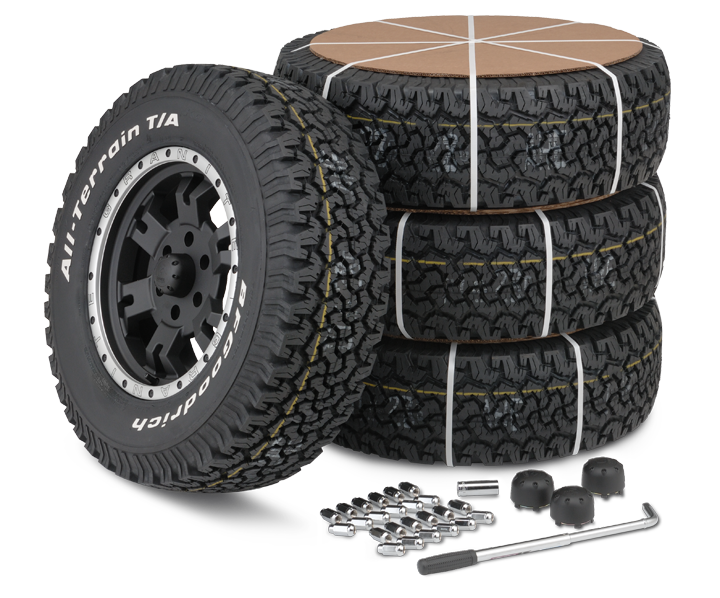Tire Service: Recognizing Tire Stress Surveillance Equipments
Understanding Tire Stress Tracking Solutions (TPMS) is a critical aspect of maintaining optimum lorry performance and safety when driving. With innovations in vehicle modern technology, TPMS has actually come to be a basic feature in modern-day automobiles, offering real-time details on tire pressure degrees. Digging much deeper into the intricacies of TPMS, one can discover the different components that comprise this system and the significance of each in ensuring precise tracking. From direct to indirect TPMS systems, the landscape of tire stress tracking is varied, each with its distinct set of factors to consider and benefits. Keep tuned to decipher the intricacies of TPMS, from maintenance ideas to the indisputable advantages of keeping your tires properly blew up. morris tire and alignment.

Importance of TPMS
The importance of Tire Stress Surveillance Systems (TPMS) hinges on their ability to improve automobile safety and security and performance through real-time surveillance of tire pressure levels. Preserving the right tire stress is crucial for guaranteeing optimal handling, braking, and overall security of an automobile. TPMS supplies vehicle drivers with immediate feedback on any overinflated or underinflated tires, enabling timely changes to be made.
Elements of TPMS
Sensors are normally situated in the tire shutoff stem or affixed to the wheel setting up, where they gauge tire stress and send information to the control module. Some progressed TPMS versions additionally present the real tire stress analyses for each tire, providing drivers with real-time information to guarantee ideal tire performance and safety and security. By keeping an eye on tire stress constantly, TPMS assists avoid mishaps, decreases tire wear, and enhances gas performance, making it a critical part for automobile safety and security and efficiency. tires morris il.
Sorts Of TPMS

On the other hand, indirect TPMS depends on the vehicle's wheel rate sensing units to keep track of tire pressure. This system identifies underinflation by comparing the rotational rates of the wheels. Indirect TPMS is less expensive than direct TPMS, as it utilizes existing sensors within the car.
While direct TPMS provides extra precise analyses, indirect TPMS is less complex in design and generally needs much less maintenance. Both systems have their advantages and constraints, and the choice between them frequently depends on factors such as cost, vehicle make, and individual choice. Comprehending the distinctions in between these 2 kinds of TPMS can assist car owners make educated decisions pertaining to tire maintenance and safety.
TPMS Maintenance Tips
Conduct routine checks on the tire stress degrees and compare them with the TPMS analyses to ensure they are constant. Throughout tire rotation or substitute, make sure that the TPMS elements are dealt with meticulously to stop any prospective damages. If the TPMS cautioning light brightens on the dashboard, attend to the issue immediately by examining the tire pressures and the general browse this site system for any type of faults.
Benefits of Correct Tire Stress
Preserving correct tire stress, as highlighted in TPMS Maintenance Tips, is critical for reaping the many advantages related to optimal tire stress degrees. One of the primary benefits of keeping the correct tire stress is enhanced gas efficiency. When tires are appropriately blown up, there is much less rolling resistance, causing far better gas economy. Furthermore, appropriate tire pressure guarantees even tire wear, prolonging the life expectancy of the tires and advertising more secure driving problems. With the right tire pressure, cars likewise have much better handling and traction, especially in damaging climate problems. This can boost total driving efficiency and safety and security for the motorist and travelers. Preserving optimal tire pressure can add to a smoother and extra comfy trip by reducing resonances and noise caused by underinflated tires. Finally, the benefits of correct tire stress go past just tire longevity; they encompass boosted gas efficiency, boosted safety and security, much better car performance, and total driving convenience.
Final Thought
Finally, recognizing tire stress monitoring systems (TPMS) is critical for preserving optimum tire pressure and making certain lorry security. By recognizing the value of TPMS, being familiar Click Here with its elements, knowing the different types offered, sticking to proper upkeep pointers, and realizing the advantages of preserving correct tire pressure, chauffeurs can boost their driving experience and prolong the life expectancy of their tires. Appropriate tire pressure is crucial to efficient and safe automobile procedure.
